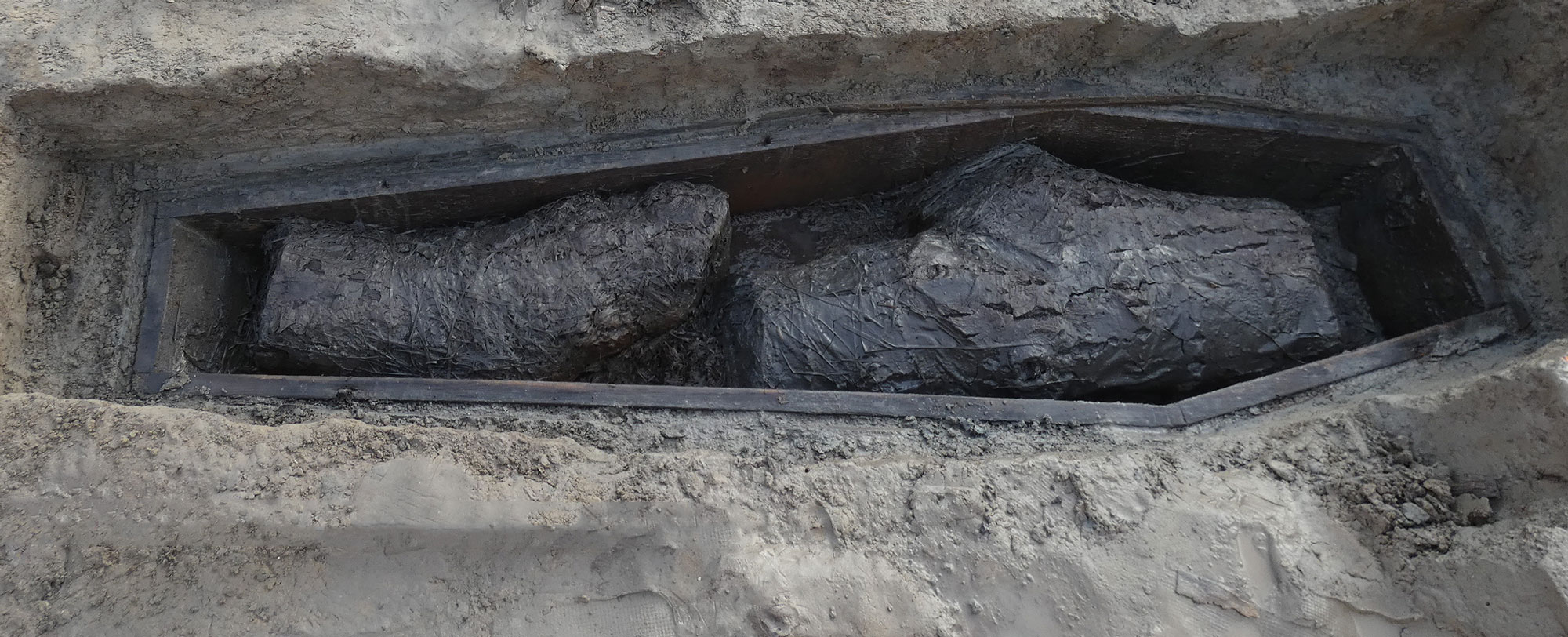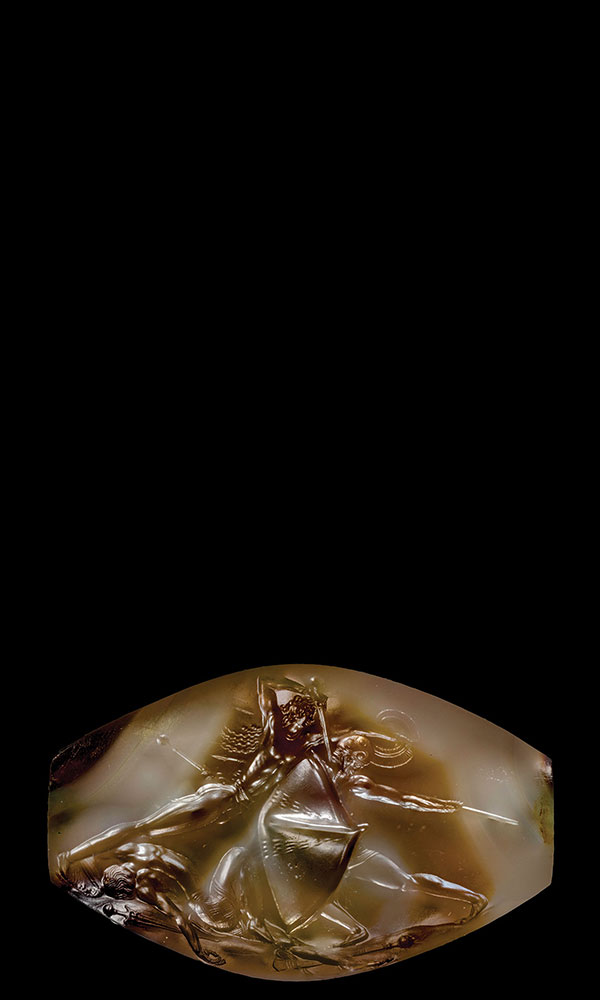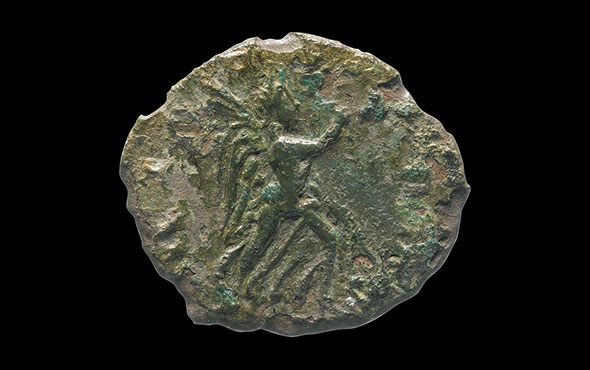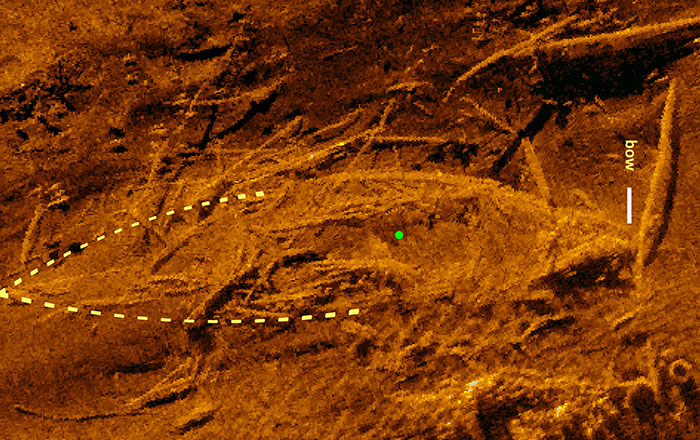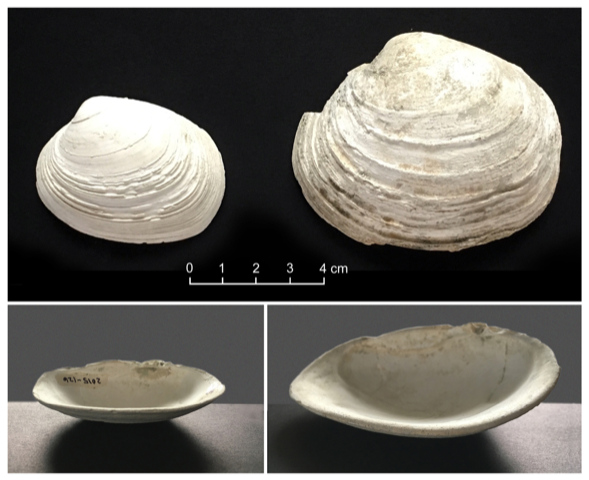
BRITISH COLUMBIA, CANADA—According to a Cosmos Magazine report, Ginevra Toniello of Simon Fraser University and her colleagues examined paleoecological, archaeological, and modern records of butter clams (Saxidomus gigantean) living in the northern Salish Sea over the past 11,500 years, and found that today’s clams are similarly sized to those of the Early Holocene. The team members analyzed clam shells found in middens at five coastal archaeological sites, and found that the shellfish were first harvested some 9,000 years ago. Shells dating to some 3,500 years ago grew larger, Toniello explained, when indigenous people began to construct rock-walled terraces in intertidal zones. Maintenance of these “clam gardens” helped to optimize and preserve clam habitats while protecting bivalves from non-human predators. The gardens also produced plentiful crabs, sea cucumbers, and seaweeds. Traditional clam gardens declined after the arrival of Europeans and the introduction of industrial harvesting methods, Toniello added. For more on clam gardens, go to "World Roundup: Canada."



